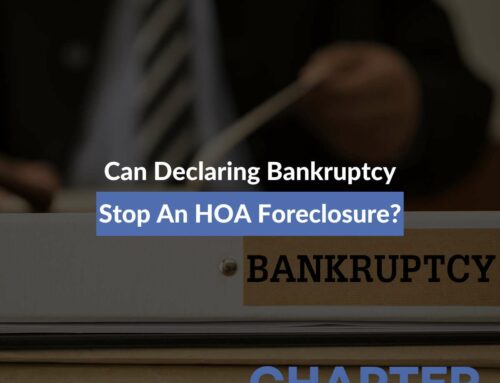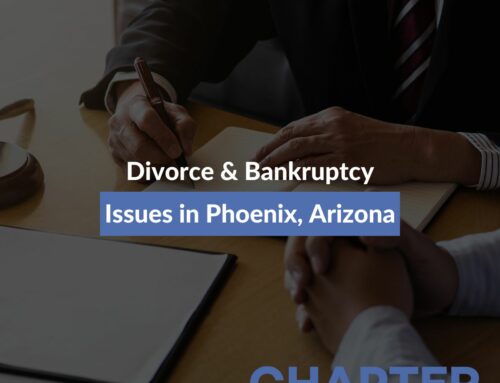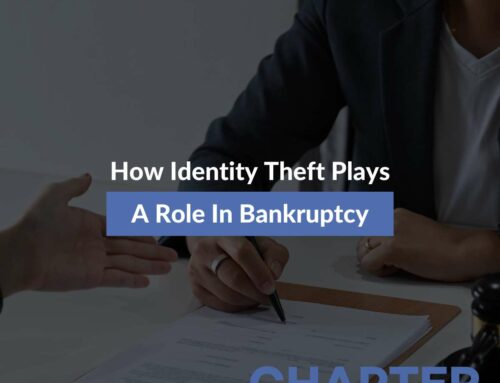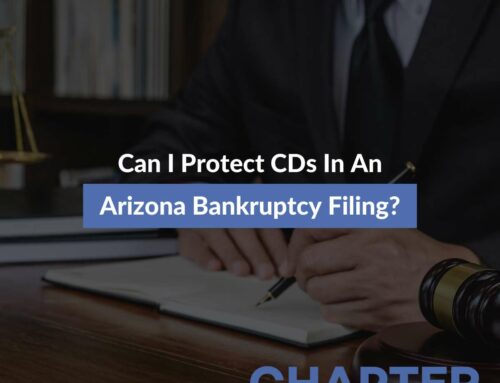Shoppers who still prefer the mall over online retailers see their options shrink almost daily. Post-pandemic inflation has caused several retailers to file for bankruptcy, and not all of them come out on the other side. But personal bankruptcy allows a debtor to wipe their slate clean and rebuild a new credit history. Read on to learn more about the fashion industry’s latest bankruptcy case, as well as other forms of bankruptcy available to debtors in Maricopa County. For your free consultation with an experienced Phoenix bankruptcy lawyer today, call 480-405-1010.

Store Closures For Ted Baker, Brooks Brothers & Lucky Brand
Following a string of bankruptcy filings in the post-pandemic fashion industry, Ted Baker Canada, which also operates Brooks Brothers and Lucky Brand locations, has filed for chapter 15 bankruptcy. It has taken the United States and Canada down from its international website. Like many other retailers, Ted Bakers has had difficulties staying afloat after the pandemic. Although the market is considered to have mostly recovered, interest rates are high, so stores can’t obtain the financing they need to continue operations. Ted Baker will be closing all of its North America locations, including 31 in the United States and 9 in Canada. The filing also means the closure of 8 Brooks Brothers Canada locations and 7 Lucky Brand Canada locations. The Ted Baker location at Scottsdale Fashion Square was previously replaced by Lucid Motors.
Why Did Ted Baker Use Chapter 15 Bankruptcy?
Brick-and-mortar retailers, especially those focused on fashion, haven’t seen a letup in obstacles since the pandemic. You may have heard of other clothing stores declaring bankruptcy in recent years, like JC Penney, Neiman Marcus, J.Crew, Rue 21, True Religion, and more. Two of the brands that will also be closing locations due to Ted Baker’s bankruptcy include Brooks Brothers, an established men’s suit retailer, and Lucky Brand, a fashion brand specializing in bohemian styles. Both of these chains previously declared chapter 11 bankruptcy after folding to pressures caused by COVID-19. But Ted Baker Canada’s filing was different as it was a chapter 15 case instead of a chapter 11 (or chapter 7) filing. Chapter 15 is a type of bankruptcy designed for business debtors with significant operations in the United States but based in another country. A debtor seeking to file for chapter 15 bankruptcy in the United States must first file bankruptcy or its equivalent in their home country.
For many debtors, one of the main incentives of declaring bankruptcy is to activate the automatic stay. It protects the debtor from a number of creditor collection efforts, which is why filing for bankruptcy is sometimes called “filing for bankruptcy protection.” The automatic stay can stop lawsuits, or if the creditor already has a judgment against the debtor, some of the methods of enforcement a creditor might execute with a judgment. Wage garnishments are the most common example, but the automatic stay can also stop bank account levies and asset repossession, including home foreclosure. For most types of bankruptcy, the automatic stay becomes active once the debtor files their petition, or automatically. In chapter 15 bankruptcy, the court must first recognize the debtor’s foreign bankruptcy proceeding before the automatic stay goes into effect.
Another important part of a chapter 15 bankruptcy filing is the foreign representative. This is an individual appointed by the company to help conduct affairs and complete responsibilities related to the bankruptcy case. The foreign representative should encourage the debtor’s cooperation with the court. Foreign representatives must be notified of any filings made against the debtor while the case is active. The court will only have jurisdiction over assets located within the United States.
More Common Types of Bankruptcy
Chapter 15 bankruptcy should only be used under limited circumstances, and the protections from the automatic stay won’t activate if the foreign bankruptcy filing isn’t recognized by the court. Most companies and individuals that need debt relief will file some other form of bankruptcy, such as:
- Chapter 7: This is far and away the most commonly filed chapter of bankruptcy in Phoenix and the rest of the United States. It is generally the simplest and fastest form of consumer bankruptcy, but can be used by corporations looking to shut down operations as well. In a chapter 7 bankruptcy case, creditors typically don’t get involved unless they believe there is a reason their balance should not be cleared with the rest of the debts. Chapter 7 bankruptcy can only clear debts that are unsecured and have non-priority status. This can be useful for someone struggling with credit cards, repossession deficiency balances, medical bills, certain types of taxes, and other unsecured debts. But other debts, like student loans, child support, and secured debts, won’t be wiped out by the filing.
- Chapter 13: Some debtors choose this chapter of bankruptcy because they don’t qualify for chapter 7, and others select it because they have secured assets they want to save using a chapter 13 payment plan. Chapter 13 bankruptcy lasts 3 or 5 years, meaning any balance in arrears will be spread out over that amount of time, all while the debtor is protected from creditors by the automatic stay. For example, if a homeowner is facing eviction due to missing six months’ worth of payments, filing for bankruptcy will trigger the automatic stay and stop the foreclosure in the short term. The balance in arrears, as well as the debtor’s typical monthly mortgage payment, will be rolled into the payment plan. The length of the payment plan will depend on the debtor’s household income level.
- Chapter 11: This type of bankruptcy is available to corporations and consumers. It is considered a highly complex type of bankruptcy and is usually only used in situations where there are significant assets and a multitude of creditors. When a business files for chapter 11 bankruptcy, it doesn’t have to shut down- it can continue operating during and after the bankruptcy case unless debts are too overwhelming and the business has no option but to close. Chapter 11 bankruptcy is distinct from the other chapters because it generally requires the formation of a creditor committee. This committee can vote to decide on major decisions that affect the debtor going forward. Small businesses may qualify to use special filings that bypass the committee process. When combined with accelerated deadlines in a small business or subchapter V chapter 11 bankruptcy case, these make chapter 11 faster and less costly.
Considering a Personal Bankruptcy Filing in Maricopa County? Start Here With Your Free Consultation.
If companies worth millions of dollars are struggling to make ends meet, it’s inevitable that families across the country will have similar experiences. Bankruptcy can clear unsecured debts like medical bills, credit cards, and more, so that you have more income available for what matters the most to you. The automatic stay can help you protect your assets from creditors and provide a chance to rebuild your credit. Our Chapter Bankruptcy Lawyer team knows just what it takes to execute a successful bankruptcy filing to allow our clients to derive as much benefit from their cases as possible. Contact us today!
CHAPTER BANKRUPTCY LAWYERS
Email: [email protected]
Website: www.chapterbankruptcylaw.com
Mesa Office
3707 E Southern Ave
Mesa, AZ 85206
Office: 480-405-1010
Tempe Office
4500 S Lakeshore Dr #300
Tempe, AZ 85282
Office: 480-562-6145






